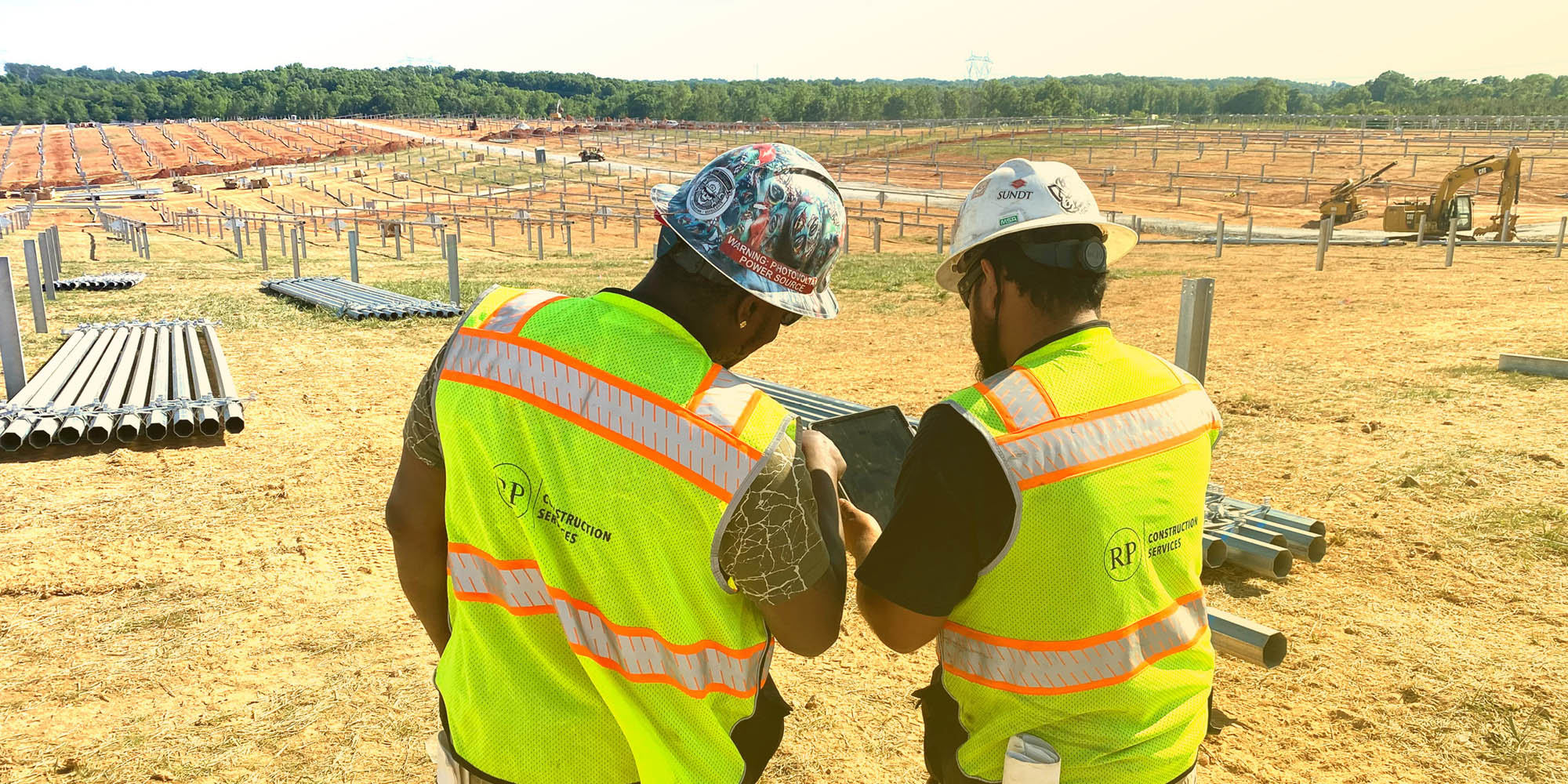[Excerpt from Solar Builder’s article On the Origin of EPCs: How the EPC-Supplier Relationship Influences the Evolution of Solar Development by Chris Crowell]

RP Construction Services Inc. (RPCS), a turnkey construction company that works with Array Technologies, is promoting the Plug-N-Play Solar Tracker system, for example. In addition to the installation advantages gained from its familiarity with Array Technologies DuraTrack HZ v3 single-axis tracker, the Plug-N-Play tracker brings in eBOS suppliers Shoals, CAB Products and Hellerman Tyton for a full solution that saves thousands of feet of trench and conduit while preventing all trench-related schedule delays.
“We are coordinating directly with these various manufacturers to bring products together to form a singular solution,” says Adam Larner, VP of projects for RPCS. “Recently we saw a 28-MW project convert from trenching to above-ground Plug-n-Play halfway through the project as they analyzed and then recognized significant savings by making the switch, even midstream.”
RPCS says this new partnership has simplified its tracker project installations by reducing trenching by 50 percent (eliminating 900 to 1,100 ft of trench per MWdc), utilizing less specialized labor (for string-level electrical connections) and requiring less time (all crimping, labels, wire testing and cutting are completed in the factory). What’s more, the Plug-N-Play Tracker approach also allows for more solar panels per string and fewer combiner boxes per site, cutting cost and solar electrical complications. In all, RPCS has shown $3,000 to $5,000 in savings per MWdc for DG projects. Eben Russell, founder, president and CEO, puts it like this:
“Allowing more of the system to be built in the factory prior to mobilization drastically impacts schedules, keeps the quality level high and consistent across all sites and allows us to manage the work with fewer asset managers. Lastly, building portfolios of projects with identical and uniform high-quality leads to higher ROIs, less transactional cost per project, better control over schedules and higher asset resale value after the full tax benefits are realized.”





